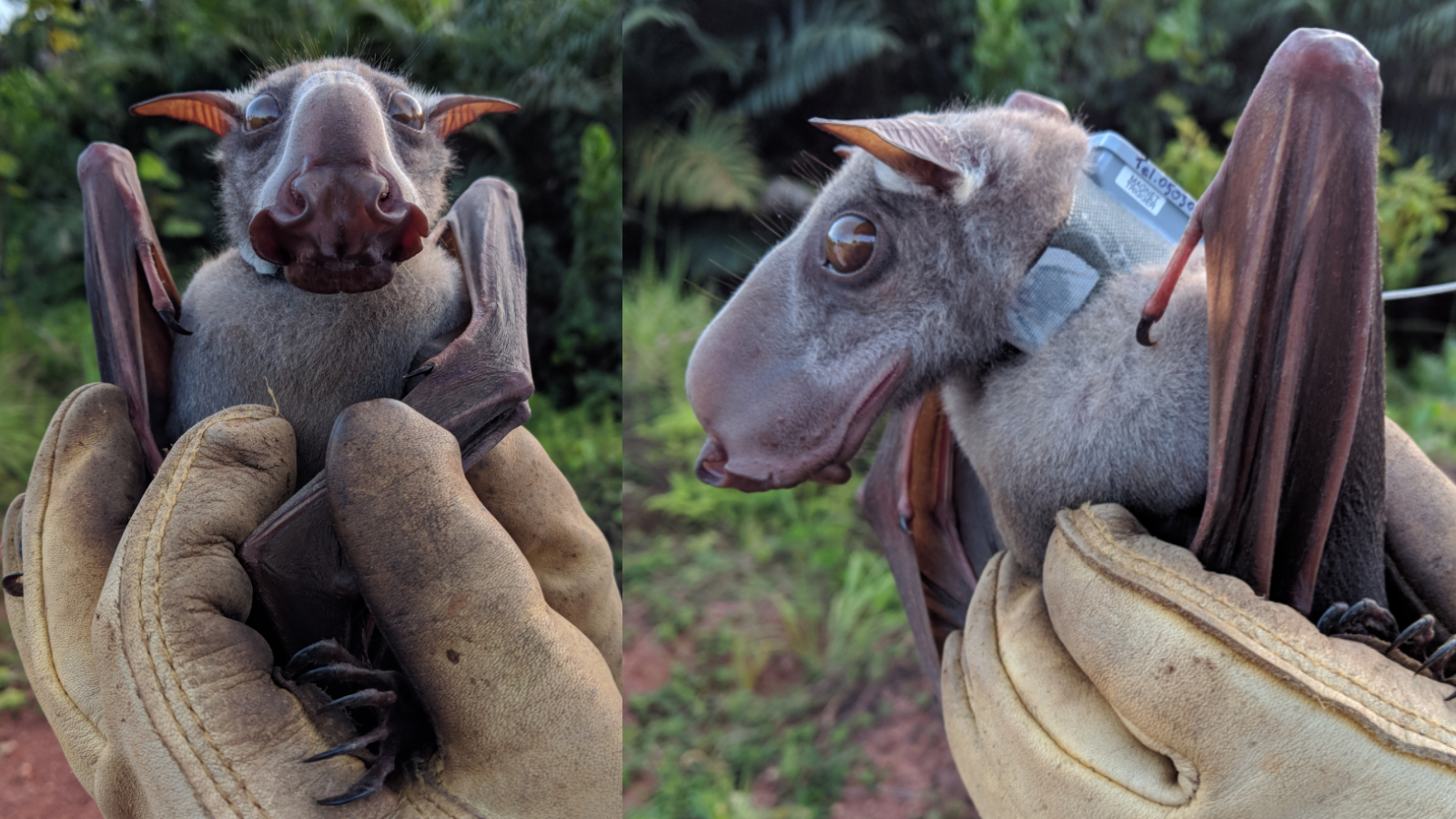Chemistry, Vol. 5, Pages 1722-1744: New Functionalized Chitosan with Thio-Thiadiazole Derivative with Enhanced Inhibition of Pathogenic Bacteria, Plant Threatening Fungi, and Improvement of Seed Germination
Chemistry doi: 10.3390/chemistry5030118
Authors: Ahmed G. Ibrahim Walid E. Elgammal Ahmed M. Eid Maha Alharbi Ahmad E. Mohamed Aisha A. M. Alayafi Saber M. Hassan Amr Fouda
In this study, a new modified chitosan conjugate (Chito-TZ) was developed via amide coupling between the acid chloride derivative of the methylthio-thidiazole compound and the free primary amino groups of chitosan. The product was characterized using several instrumental investigations, including Fourier-transform infrared spectroscopy (FT-IR), 1H-Nuclear magnetic resonance, X-ray photoelectron spectroscopy (XPS), thermogravimetric analysis (TGA), and X-ray diffraction (XRD). XRD indicated that the crystalline pattern of chitosan was interrupted after chemical modification with the thiadiazole derivative. Broido’s model was used to determine the thermal activation energy Ea, and the results showed that the Ea for the first decomposition region of Chito-TZ is 24.70 KJ mol−1 lower than that required for chitosan (95.57 KJ mol−1), indicating the accelerating effect of the thiadiazole derivative on the thermal decomposition of Chito-TZ. The modified chitosan showed better antibacterial and antifungal activities than the non-modified chitosan; except for seed germination, chitosan was better. The Chito-TZ showed a low MIC value (25–50 µg mL−1) compared to Chito (50–100 µg mL−1). Moreover, the maximum inhibition percentages for plant-pathogenic fungi, Aspergillus niger, Fusarium oxysporum, and Fusarium solani, were attained at a concentration of 300 µg mL−1 with values of 35.4 ± 0.9–39.4 ± 1.7% for Chito and 45.2 ± 1.6–52.1 ± 1.3% for Chito-TZ. The highest germination percentages (%) of broad bean, shoot and root length and weight, and seed vigor index were obtained after Chito treatment with a concentration of 200 µg mL−1 compared to Chito-TZ.

 8 months ago
23
8 months ago
23


